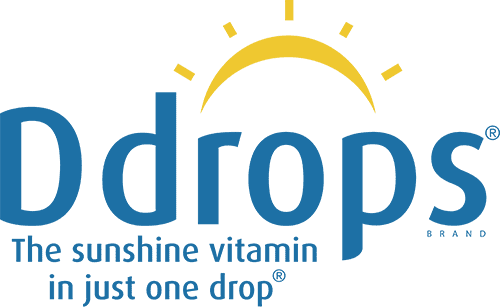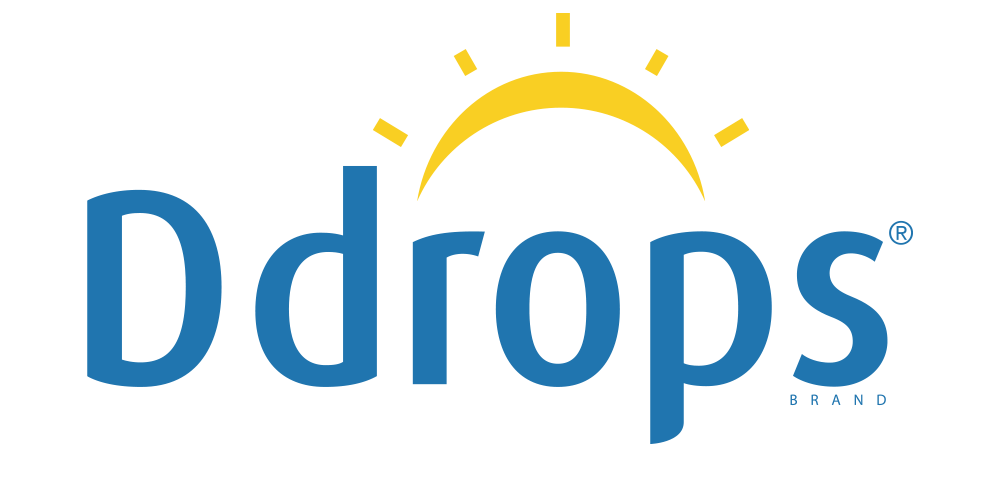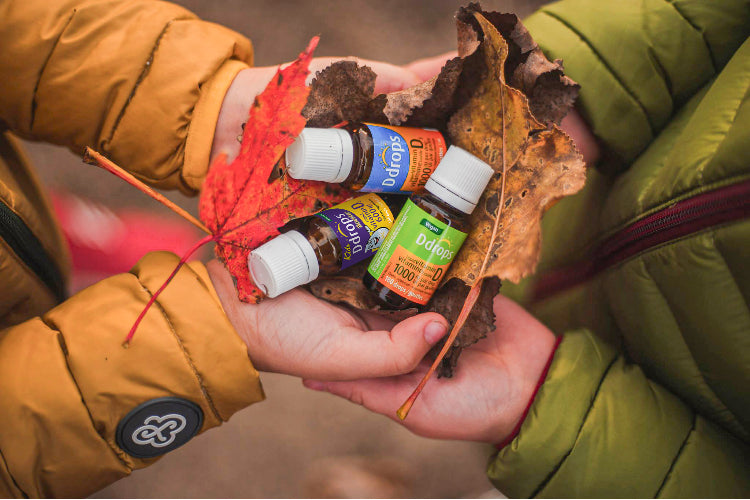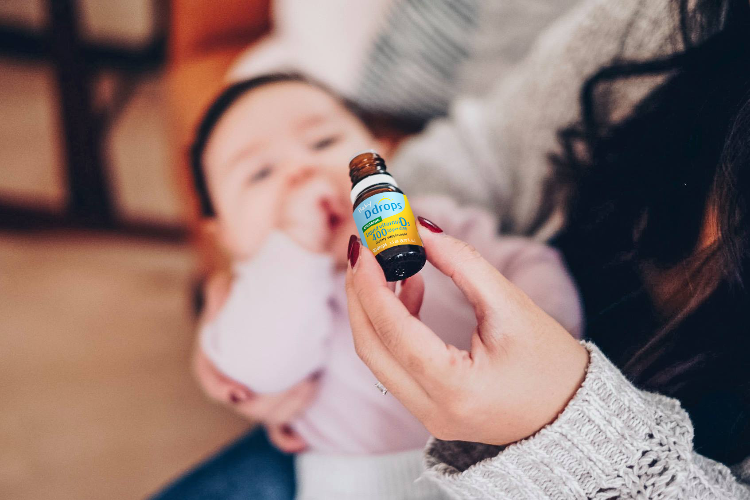19 April 2016
Terdapat beberapa makanan yang terdapat di alam semula jadi yang menyediakan sumber semula jadi vitamin D. Walau bagaimanapun, kedua-dua sumber vitamin D berasaskan tumbuhan dan haiwan memang wujud. Ikan berlemak, seperti salmon, ikan putih, dan makarel adalah sumber utama vitamin D semulajadi, dan cendawan juga membekalkan vitamin D1. Terdapat juga sejumlah kecil vitamin D yang terdapat dalam kuning telur, daging babi, daging deli, dan hati lembu. Ini hanya menyediakan kira-kira 30-88 IU vitamin D, manakala pengesyoran harian ditetapkan pada 600 IU sehari. Jadual di bawah menggambarkan jumlah vitamin D yang terdapat dalam ikan dan cendawan yang biasa ditemui.
Jumlah Vitamin D yang terdapat dalam keseluruhan makanan| Makanan | Melayan | Vitamin D (IU) |
| ikan | ||
| Ikan putih, tasik, masak | 75 g (2 ½ auns) | 369 |
| Tenggiri, Pasifik, dimasak | 75 g (2 ½ oz) | 342 |
| Salmon, Atlantik, mentah atau dimasak | 75 g (2 ½ oz) | 181-246 |
| Tenggiri, dalam tin | 75 g (2 ½ oz) | 219 |
| Trout, dimasak | 75 g (2 ½ oz) | 150-210 |
| Halibut, dimasak | 75 g (2 ½ oz) | 144 |
| Tuna, albacore, mentah atau masak | 75 g (2 ½ oz) | 82-105 |
| Cendawan Chanterelle, Portabella mentah, Portabella mentah, terdedah kepada cahaya UV, Shiitake mentah, kering | 84 g (3 oz) 84 g (3 oz) 84 g (3 oz) 84 g (3 oz) | 178 8 375 129 |
Diadaptasi daripada " Fail Nutrien Kanada 2010 "
Bagaimanakah ikan liar dan cendawan menghasilkan vitamin D mereka sendiri?
Ikan liar tidak membuat vitamin D mereka sendiri, sebaliknya, mereka menelannya daripada sumber makanan dan kemudian menyimpannya dalam hati dan tisu lemak mereka. Ini berlaku apabila vitamin D terkumpul dalam rantai makanan akuatik. [2]
Cendawan adalah satu-satunya makanan tumbuhan yang terdapat di alam semula jadi yang boleh mensintesis vitamin D. Ini disebabkan oleh kehadiran prekursor vitamin D, ergosterol. Ergosterol ialah sterol yang terdapat dalam kulat/cendawan yang memainkan peranan yang sama seperti kolesterol pada manusia. (Pada manusia, kolesterol ditukar kepada vitamin D apabila kulit terdedah kepada tahap cahaya UV yang sihat.) Apabila cendawan terdedah kepada cahaya UV, sama ada semasa pemprosesan atau kaedah pertumbuhan, ergosterol bertukar kepada ergocalciferol, juga dikenali sebagai vitamin D2 .3 Ia hanya mengambil masa lebih kurang 15-20 saat pendedahan kepada cahaya UV untuk cendawan untuk meningkatkan jumlah vitamin D2 yang ada. Walau bagaimanapun, cendawan yang boleh dimakan (seperti butang putih, crimini, portabello) di kebanyakan kedai runcit tidak mungkin mengandungi cukup vitamin D2 (di bawah 20 IU setiap 100 g) kerana ia telah ditanam dengan cahaya UV yang terhad.
Kelebihan makan makanan yang didapati dengan vitamin D yang semulajadi
Secara amnya, makan keseluruhan makanan berbanding suplemen memberikan manfaat seperti pemakanan yang lebih besar, serat penting dan bahan pelindung. Dengan memakan keseluruhan cendawan, anda menerima pelbagai mikronutrien (termasuk vitamin D) seperti vitamin Besi dan B1. Kajian terbaru juga menunjukkan bahawa makan cendawan sehari, setiap hari selama 4 minggu, meningkatkan fungsi imun. [4,5] Selain itu, dengan mengambil ikan, seperti Salmon Atlantik (yang mempunyai vitamin D secara semulajadi) anda juga mengambil asid lemak omega-3 yang penting untuk fungsi otak.
Kelebihan makan makanan yang diperkaya dengan vitamin D
Walaupun ikan dan cendawan berlemak liar membekalkan vitamin D, adalah sukar untuk mengambil makanan ini dalam kuantiti yang cukup besar untuk menerima vitamin D yang mencukupi. Makanan yang diperkaya menjadikannya lebih mudah. Dengan mengambil pelbagai jenis makanan yang diperkaya seperti susu, bijirin, jus oren dan minuman bukan tenusu lain, anda berkemungkinan besar untuk mengambil hampir 600 IU vitamin D yang disyorkan. Walau bagaimanapun, Pakar Diet Kanada mengesyorkan sehingga 4000 IU setiap hari (untuk orang dewasa). [1]




Tinggalkan komentar
Situs ini dilindungi oleh hCaptcha dan berlaku Kebijakan Privasi serta Ketentuan Layanan hCaptcha.